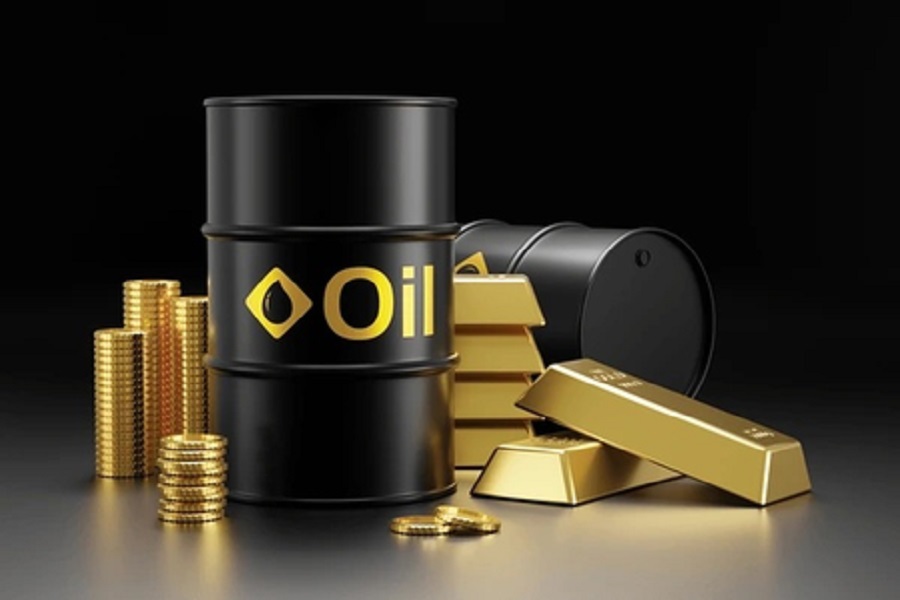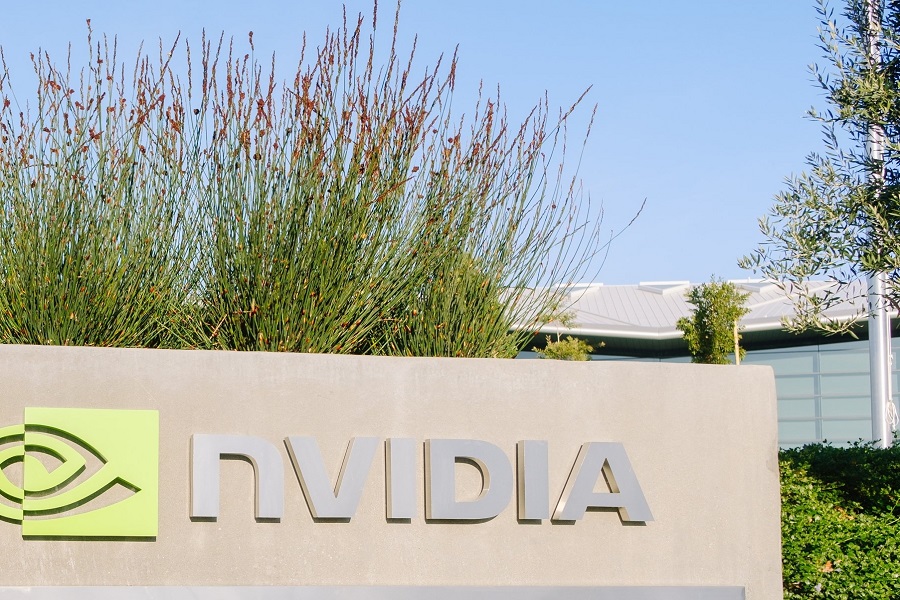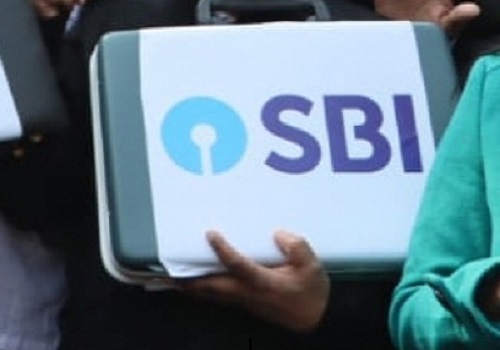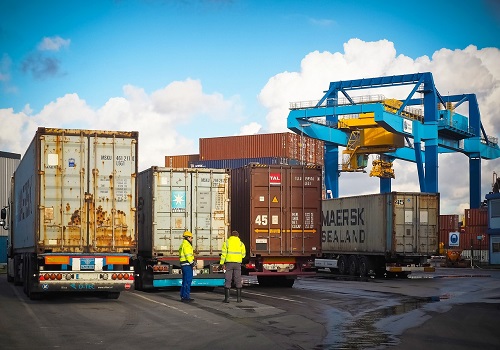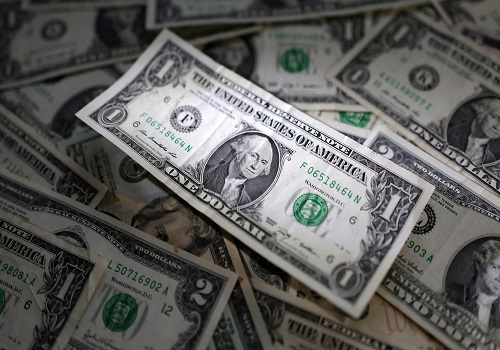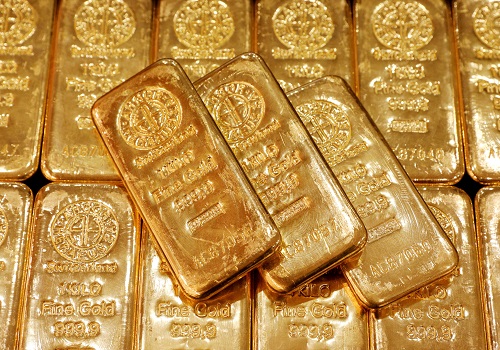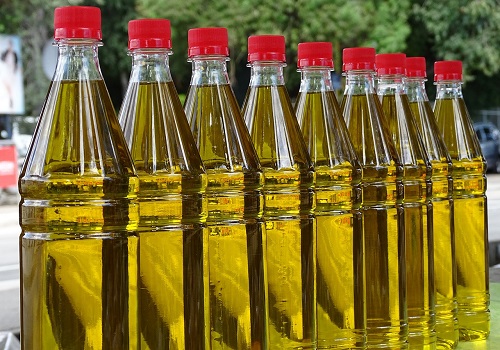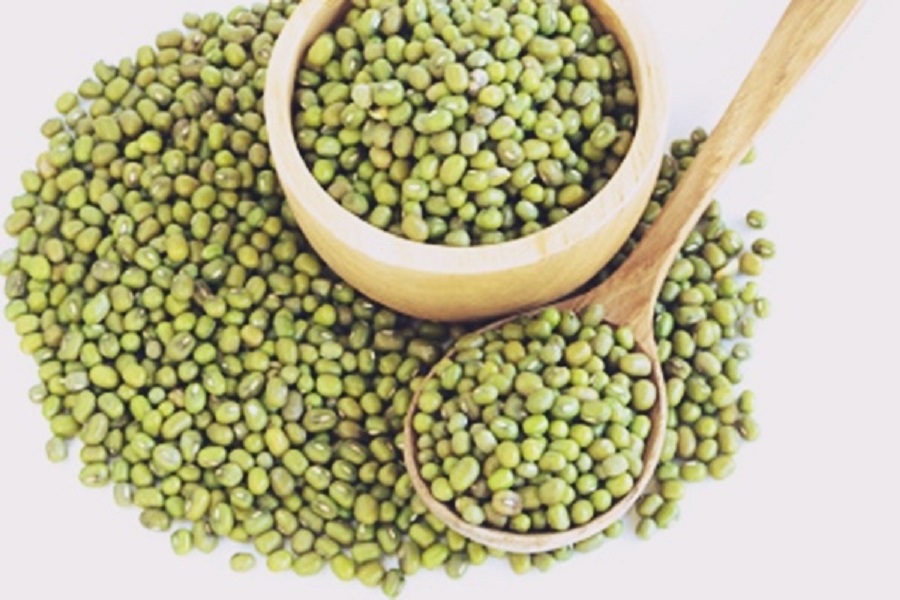Time to move from Yellow to White : Motilal Oswal Financial Services
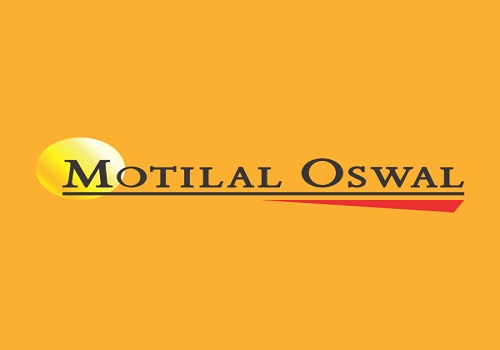
Gold on Comex expected to trade in range of $1800 to $2050 and Silver expected to trade at $30 over next 12 months
Precious metals did not have a very good 2021, with both the metals giving over 6% negative returns. However, 2022 bought the bulls back in action with ~7% YTD gain for gold, and around 5% run up in silver since the start of the year. With inflationary concerns already increasing the bets for bullions, rise in geo-political tensions also supported the rally in metal prices. Geo-political uncertainties and inflationary concerns could continue to support the metal prices on lower side although for the next quarter Fed policy meeting will be very important to gauge further direction for the metal.
Gold on Comex expected to trade in range of $1800 to $2050 for a 12 months perspective. On domestic front, prices could trade in a broad range with critical support at Rs.50, 000 followed by 48,000 and 46,500, while rallies on upside towards Rs.55, 000 would be opportunities to exit longs positions. Similarly on the COMEX, silver prices are expected to trade higher towards $26.45 and $27.15 with strong support placed at $24.20 and $23.70. With buying on dips strategy, the rally might extend over $30 on Comex over next 12 months.
After a lackluster 2021 with ~8% negative returns, silver price has been trading in a broad range since start of this year, building up hopes for bulls and overall market sentiment. Even though silver was seen majorly following gold’s trail, MOFSL also saw the white metal’s restricted gains amidst volatility in base metals.
Silver in initial few months of 2021 gained some traction due to short squeezing, President Biden’s fiscal stimulus measures and rebound in global industrial production. Silver ETF did some fluctuation in the previous year, overall an outflow of ~865 tonnes was seen. Entering in 2022, silver ETF has witnessed a decent inflows where in it started at, ~16603 tonnes and is currently marking at ~17975 tonnes. Demand consumption from renewable sector could start to pick up as well. The whole story around de-carbonization in COP26 and whole ESG transition that’s taking place in the economy will push demand for green technologies.
After a supressed physical demand during pandemic times, 2021 witnessed a strong demand recovery. Lower prices and easier rules and restrictions especially during wedding and festive times helped support the overall demand in the physical market. Import data on the domestic front has been quite impressive since start of 2021, and the trend continues this year as well. 2021 witnessed an import of 1050 tonnes of gold and this year as of Feb, India has already imported ~120 tonnes. As the pandemic related restrictions eased and inflationary pressure increased surge in physical demand was witnessed. Market pariticpants took shelter under safe haven asset, hence giving a boost in overall sentiment.
According to the latest data release by China Customs, China imported 818t of gold in 2021, 36% higher than 2020 and close to 2019 level. The country’s border controls have been relatively relaxed in the face of low COVID cases, but the key driver for the growth in imports might have been the strong recovery in 2021’s gold consumption and the local gold price spread turning into premium from discount in 2020.
According to WGC, Central banks added 463 tonnes to global gold reserves in 2021, 82% higher than in 2020 marking a significant rebound in demand from this sector following the decade low of 255t in 2020. This pushed global gold reserves to just under 35,600 tonnes, their highest for almost 30 years.
Developed market central banks were also among the notable buyers. A large number of emerging market central banks bought gold, demonstrating the breadth of interest. India, added a further 77 tonnes to its gold reserves in 2021, the biggest increase since 2009 when it bought 200 tonnes from the IMF.
On the other hand, six central banks reduced their gold reserves by a tonne or more. The largest sale – of 31 tonnes came from the Philippines, lowering gold holdings to 158 tonnes. The other notable sellers in the list are, Kyrgyz Republic (7 tonnes), Sri Lanka (nearly 4 tonnes), Germany (3 tonnes), and the UAE (2 tonnes) were the other notable sellers during the year.
After four consecutive quarters of y-o-y declines, investment demand jumped 118% y-o-y in Q4. ETF outflows slowed to trivial levels – particularly in comparison with Q4 2020 – while bar and coin investment continued to gain strength. Despite the significant uptick in Q4 demand, the net result for 2021 was a 43% decrease in total investment to 1,007 tonnes.
However, the last time gold ETFs saw annual outflows, which was between 2013 and 2015, average annual investment demand was 901 tonnes, 11% lower than last year. This highlights the extent to which bar and coin demand growth helped to offset ETF outflows.
On domestic front, market participants had multiple sources to invest in Gold although there were limitations for investment in silver. Investors now have an option to invest in Silver ETF’s (recently launched) which could also be a supporting factor for metal prices amidst an increase in demand.
Above views are of the author and not of the website kindly read disclaimer


